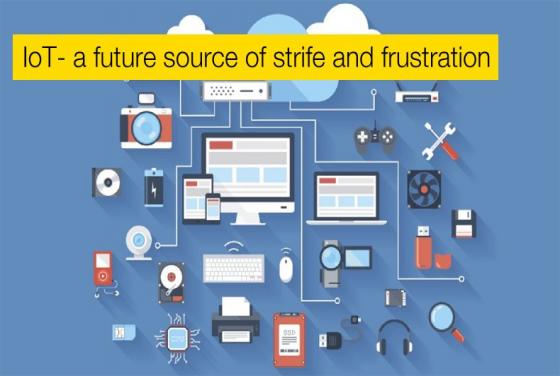

Shadow Broking
Sustainable Business Plan? The now infamous hacking group termed “The Shadow Brokers” recently announced that they will be selling exploits and other tools initially hacked from the NSA in the autumn of 2013. For the somewhat staggering sum of 20,000 USD a month you can subscribe and receive monthl








